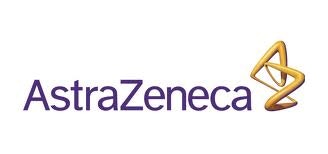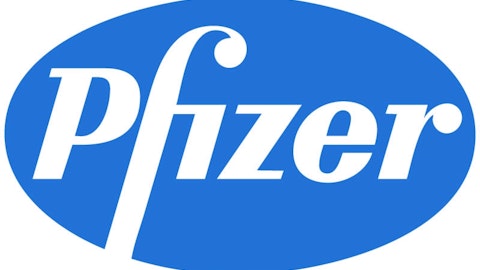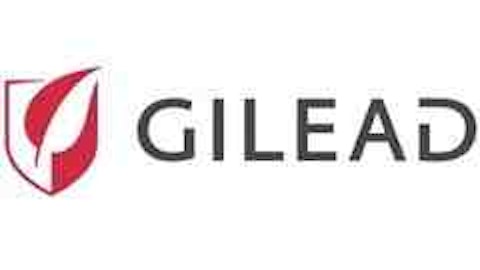London-based pharmaceutical giant AstraZeneca plc (ADR) (NYSE:AZN) recently announced that it had agreed to purchase U.S.-based lung-drug manufacturer Pearl Therapeutics for at least $1.1 billion. The private firm is noted for its next-generation inhaler technology that could prove key in the fight to control chronic lung conditions like COPD as well as certain forms of childhood and adult asthma. Although the market’s reaction to the deal has generally been positive, many observers wonder whether AstraZeneca is doing enough to prepare for the knock-on effects of a weak development pipeline and looming patent expirations.
Since Pearl is a privately held company, investors cannot expect to receive an arbitrage premium from this deal. However, this does not mean that the merger lacks value. On the contrary, the successful integration of Pearl’s operations could put AstraZeneca plc (ADR) (NYSE:AZN) on the path to lung-drug dominance for years to come. Investors would do well to take a closer look.
AstraZeneca and the Competition
As a global pharmaceutical firm with a huge research and development apparatus, AstraZeneca competes with some of the biggest names in the business. For the purposes of this comparison, it would be wise to measure AstraZeneca plc (ADR) (NYSE:AZN) against fellow British drug-maker GlaxoSmithKline plc (ADR) (NYSE:GSK) and Merck & Co., Inc. (NYSE:MRK). All three of these companies engage in similar activities and have outsized influence on the global drug industry.
Relative to its peers, AstraZeneca seems rather inconsequential. The company’s $63 billion market capitalization is less than half the size of GSK’s valuation and nearly 60 percent smaller than that of Merck. However, the firm is a bit more profitable than the other two companies in this comparison. In 2012, AstraZeneca plc (ADR) (NYSE:AZN) took in about $5.7 billion on total revenues of $27 billion. This made for a profit margin of well over 20 percent. During the same period, Merck & Co., Inc. (NYSE:MRK) reported earnings of $6 billion on revenues of just over $46 billion. GSK earned $6.8 billion on a gross of $42 billion.
AstraZeneca plc (ADR) (NYSE:AZN) has a fairly stable balance sheet and a decent financial outlook. As of its most recent report, the company had about $8 billion in cash on hand and a little over $10 billion in long-term debt. Comparable figures for Merck came in at $16 billion and $21 billion. Meanwhile, GSK’s debt load of $31 billion dwarfs its $6.3 cash reserve. All three of these firms have adequate, proportional cash flow figures.
How the Deal Happened
The merger agreement between AstraZeneca and Pearl has a two-step structure that could provide the larger company with some protection against a potential flame-out. According to the text of the deal, AstraZeneca plc (ADR) (NYSE:AZN) will issue a guaranteed cash payment of about $560 million to Pearl’s private shareholders. If the newly subsumed company is able to create viable, marketable products that achieve pre-determined sales and revenue metrics, AstraZeneca will provide a second tranche of nearly $600 million to the company’s shareholders. Since AstraZeneca has not commented publicly on the substance of these metrics, it is difficult to determine whether they are realistic.
Important Products and Synergies
AstraZeneca plc (ADR) (NYSE:AZN) is clearly interested in Pearl’s next-generation inhaler technology. These inhalers have been shown to mitigate the symptoms of COPD and control asthma in formerly hard-to-manage patients. Although the science behind these products is quite complicated, they seem to have fewer side effects than their predecessors. Moreover, patients who use them note that they make it extremely easy to deliver accurate, effective doses of inhaled medication. Since COPD affects more than 200 million former smokers, miners, industrial workers, and other individuals who have inhaled harmful chemicals and compounds over long periods of time, Pearl’s technology is a boon for AstraZeneca. Since the pharmaceutical giant lacked a robust in-house inhaler division, this acquisition will enable it to hit the ground running.
Potential Drawbacks and Points of Confusion
Unfortunately, the company is a relatively late entrant into the next-generation inhaler field. GSK and other companies have already developed or acquired marketable drugs to treat COPD, and it may take some time for AstraZeneca to catch up to its peers. If COPD and asthma sufferers prove to be resistant to Pearl’s technology, AstraZeneca will have to take a hefty loss on this deal. While the tiered nature of the deal will provide some protection, there is a risk that this acquisition will turn out to be a disappointment for everyone involved.
Possible Plays and Long-Term Outlook
While it is difficult to handicap the likelihood of this deal’s success, investors who believe that it makes AstraZeneca more attractive over the long term should conduct further research before jumping in. That said, it seems that the obvious way to play this deal is through a long position in the drug-maker. AstraZeneca is not known for wild price swings, and its stock has under-performed the broader market for some time. However, it does offer a healthy dividend and may offer proverbial “pay to wait” protection. Given the potential upside to this deal, there are plenty of reasons to take a closer look at AstraZeneca.
Mike Thiessen has no position in any stocks mentioned. The Motley Fool has no position in any of the stocks mentioned. Mike is a member of The Motley Fool Blog Network — entries represent the personal opinion of the blogger and are not formally edited.
The article Is This Purchase a Game-Changer? originally appeared on Fool.com and is written by Mike Thiessen.
Copyright © 1995 – 2013 The Motley Fool, LLC. All rights reserved. The Motley Fool has a disclosure policy.





